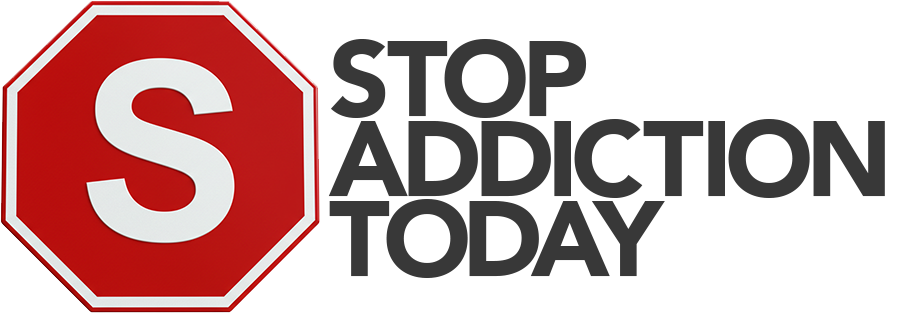The Science of Hope: Why MAT Works
Addiction isn’t a moral failure—it’s a chronic brain disease. Repeated opioid or alcohol use alters brain chemistry, hijacking the reward system and creating relentless cravings[1][3]. MAT addresses this biology head-on. Medications like buprenorphine and methadone stabilize brain function by targeting opioid receptors, easing withdrawal and cravings without the “high”[2][5]. Naltrexone, another MAT drug, blocks opioids entirely, acting as a safeguard against relapse[2][4]. Paired with behavioral therapy, this approach treats the whole person, not just the symptoms[1][5].
A New Dawn in Treatment: The Medications Changing Lives
Methadone, used since the 1960s, remains a cornerstone for opioid addiction. It reduces overdose risk by 50% and keeps patients in treatment longer[3][5]. Buprenorphine, a partial opioid agonist, offers flexibility—prescribers can administer it in clinics or via telehealth, a lifeline for rural communities[3][4]. For those committed to abstinence, naltrexone’s monthly injections provide peace of mind, blocking opioids’ effects entirely[2][5]. These medications aren’t “crutches”; they’re tools that restore normalcy. As Dr. Nora Volkow of the National Institute on Drug Abuse explains, “MAT is the gold standard—it saves lives by treating addiction as a medical condition, not a choice”[3].
Beyond Medication: The Role of Counseling and Community
MAT’s power lies in its dual approach. While medications stabilize the body, counseling heals the mind. Cognitive behavioral therapy (CBT) helps patients like John identify triggers and build coping skills[2][5]. Group therapy fosters connection, countering the isolation that fuels addiction. In Vermont’s groundbreaking “hub-and-spoke” model, MAT is integrated into primary care, ensuring patients receive medical and psychological support in one place[3]. “Therapy taught me I wasn’t alone,” John shares. “It wasn’t just about stopping drugs—it was about learning to live again.”
Breaking the Stigma: Debunking MAT Myths
Despite its success, MAT faces misconceptions. Critics argue it “replaces one drug with another,” but research shows otherwise: MAT patients are 75% less likely to die from overdose and twice as likely to stay employed[1][5]. “These medications don’t cause euphoria—they restore balance,” emphasizes Dr. Gavin Bart of the University of Minnesota[3]. Another myth—that MAT is a “quick fix”—ignores its rigorous structure. Patients undergo regular check-ins, drug screenings, and dose adjustments, ensuring safety and accountability[1][2].
A Future Within Reach: The Data Behind Recovery
Studies paint a compelling picture:
MAT cuts opioid overdose deaths by 50–70%[3][5].
Patients in MAT programs are 3x more likely to stay in treatment than those without medication[1][4].
For pregnant women with addiction, MAT improves birth outcomes and reduces neonatal risks[3][5].
Yet barriers persist. Only 20% of U.S. addiction centers offer all three FDA-approved medications, and stigma still deters many from seeking help[3][5].
Your Path Forward: How to Start MAT
If you or a loved one is struggling, know that help exists. MAT is covered by most insurance plans, including Medicaid and Medicare[2][5]. Start by consulting a healthcare provider—they’ll assess your history and tailor a plan. Recovery isn’t linear, but with MAT, it’s possible. As John puts it, “MAT didn’t just give me back my life—it gave me hope.”
References
- National Institute on Drug Abuse. (2020). Effective Treatments for Opioid Addiction.
- Substance Abuse and Mental Health Services Administration. (2023). Medication-Assisted Treatment (MAT).
- Volkow, N. D., et al. (2019). Medication-Assisted Therapies for Opioid Use Disorders. JAMA Psychiatry.
- Chan, B., et al. (2020). Retention Strategies for Medications for Addiction Treatment. Agency for Healthcare Research and Quality.
- American Society of Addiction Medicine. (2022). National Practice Guideline for the Use of Medications in Addiction Treatment.




